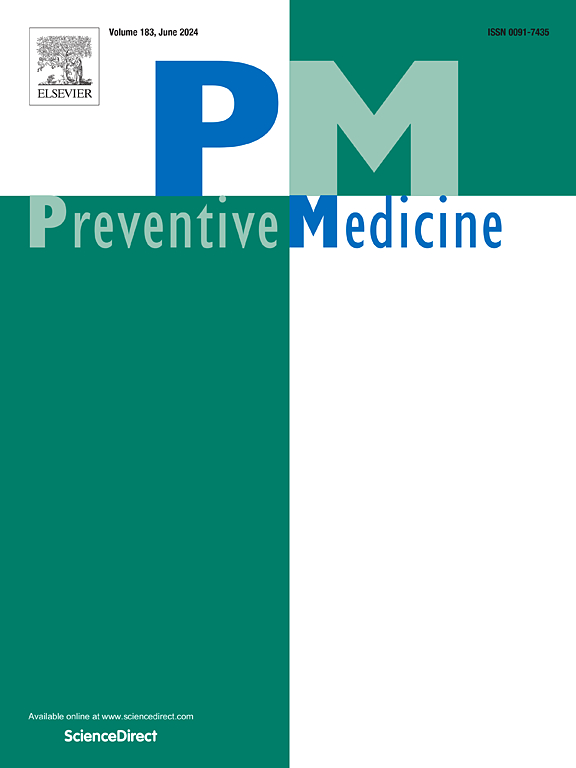Suicide trends and patterns in young adults across global regions and selected major countries worldwide from the World Health Organization mortality database, 2001–2020
IF 3.2
2区 医学
Q1 MEDICINE, GENERAL & INTERNAL
引用次数: 0
Abstract
Objective
We aimed to analyze trends and patterns of suicide among young adults worldwide, 2001–2020.
Methods
We used the World Health Organization Mortality Database to extract suicide deaths for individuals aged 20–39 years from 55 countries with valid and medium/high-quality data, 2001–2020. Suicide rates were calculated by sex, age group, and suicide method across global regions and countries. We conducted a joinpoint regression analysis to identify trends and changes in suicide rates.
Results
Marked geographical disparities were found in suicide trends by sex and method. In the Americas, suicide rates recently increased across all subregions, particularly in the North American region. In contrast, most European subregions showed decreasing trends in suicide rates in both males and females, except for North Europe. In Asia, suicide trends varied across subregions, with marked reductions in Central Asia among males and fluctuations in East Asia among females. Hanging was the most commonly used method across all countries, except in the US, where firearms were more used, particularly among males. Other major methods, such as poisoning and gas poisoning, showed changes in trends.
Conclusions
Suicide trends among young adults varied by sex, method, and country, with concerning increases or persistently high rates in some countries.
2001-2020年世界卫生组织死亡率数据库中全球各区域和选定主要国家青年的自杀趋势和模式
目的分析2001-2020年全球年轻人自杀的趋势和模式。方法使用世界卫生组织死亡率数据库提取2001-2020年55个国家20-39岁人群的有效和中/高质量自杀死亡数据。自杀率是根据全球各地区和国家的性别、年龄组和自杀方式来计算的。我们进行了联结点回归分析,以确定自杀率的趋势和变化。结果自杀倾向在性别和自杀方式上存在明显的地域差异。在美洲,所有分区域的自杀率最近都有所上升,特别是在北美区域。相比之下,除北欧外,大多数欧洲分区域的男性和女性自杀率均呈下降趋势。在亚洲,各分区域的自杀趋势各不相同,中亚男性的自杀趋势明显减少,东亚女性的自杀趋势有所波动。绞刑是所有国家中最常用的方法,除了美国,在美国,枪支的使用更多,尤其是在男性中。其他主要的自杀方式,如中毒和煤气中毒,也呈现出变化趋势。结论:年轻人的自杀趋势因性别、方法和国家而异,在一些国家自杀率有所上升或持续居高不下。
本文章由计算机程序翻译,如有差异,请以英文原文为准。
求助全文
约1分钟内获得全文
求助全文
来源期刊

Preventive medicine
医学-公共卫生、环境卫生与职业卫生
CiteScore
7.70
自引率
3.90%
发文量
0
审稿时长
42 days
期刊介绍:
Founded in 1972 by Ernst Wynder, Preventive Medicine is an international scholarly journal that provides prompt publication of original articles on the science and practice of disease prevention, health promotion, and public health policymaking. Preventive Medicine aims to reward innovation. It will favor insightful observational studies, thoughtful explorations of health data, unsuspected new angles for existing hypotheses, robust randomized controlled trials, and impartial systematic reviews. Preventive Medicine''s ultimate goal is to publish research that will have an impact on the work of practitioners of disease prevention and health promotion, as well as of related disciplines.
 求助内容:
求助内容: 应助结果提醒方式:
应助结果提醒方式:


